

|
Peninsula expands marine fuel operations to Algoa Bay
Supplier partners with Linsen Nambi to launch bunkering services from October. |
|
|
|
||
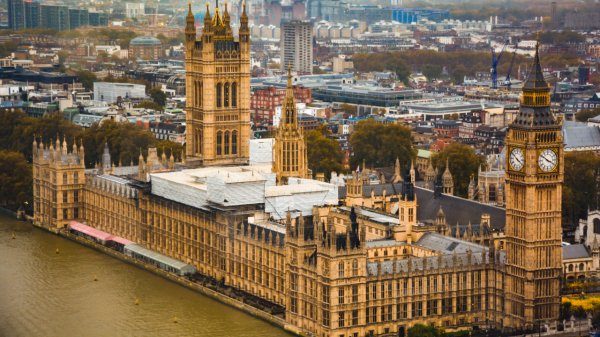
|
UK government commits GBP 448m to maritime decarbonisation research programme
UK SHORE funding aims to accelerate clean shipping technologies through 2030. |
|
|
|
||
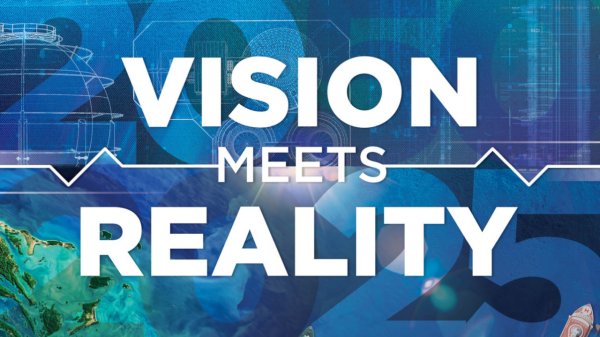
|
ABS chief urges IMO to pause net zero framework over fuel availability concerns
Christopher Wiernicki says LNG and biofuels are 'mission critical' to shipping decarbonisation success. |
|
|
|
||
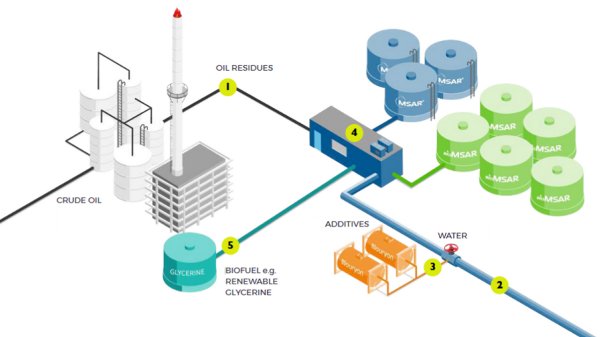
|
Quadrise appoints veteran Peter Borup as CEO to drive commercialisation
Former Maersk executive to lead decarbonisation technology company from October 1. |
|
|
|
||
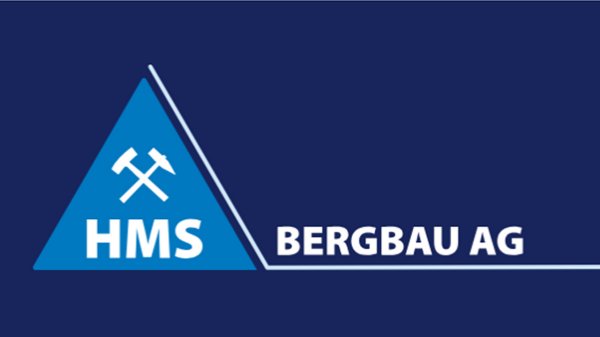
|
German commodities trader HMS Bergbau enters marine fuels market
Company acquires experienced team to trade bunkers and lubricants globally. |
|
|
|
||
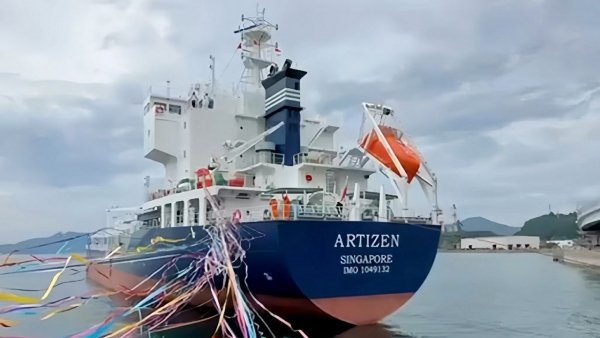
|
Hong Lam Marine takes delivery of Artizen tanker in Japan
Singapore-based firm receives new vessel from Kegoya Shipyard. |
|
|
|
||
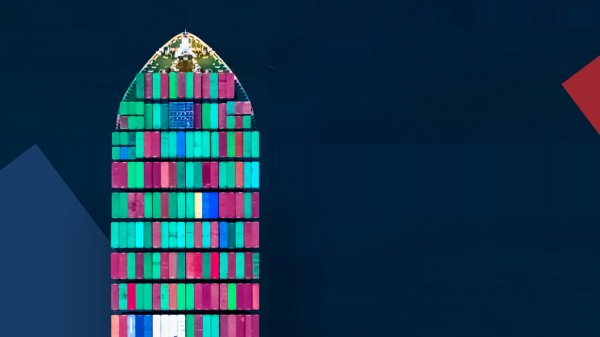
|
Panama Canal launches NetZero Slot to incentivize low-emission transits
New reservation category prioritizes dual-fuel vessels capable of using alternative fuels from November. |
|
|
|
||
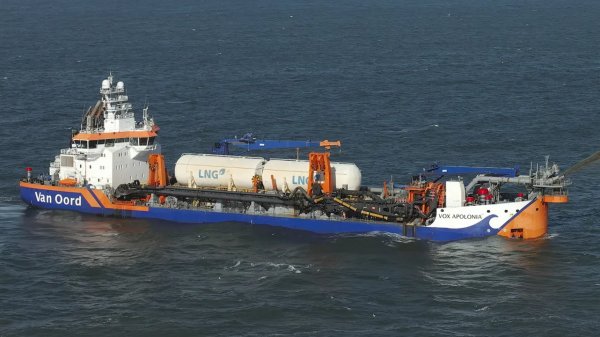
|
Van Oord deploys bio-LNG dredger for Dutch coastal project
First bio-LNG-powered trailing suction hopper dredger operation begins in the Netherlands. |
|
|
|
||
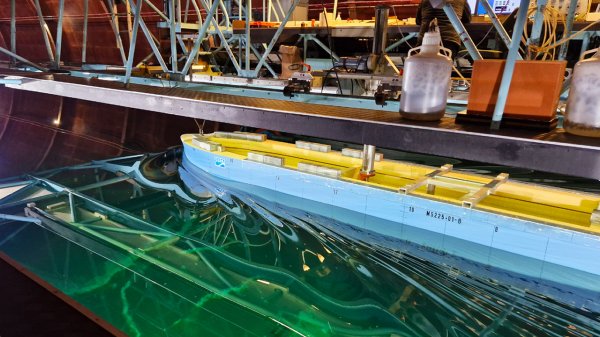
|
Methanol-fuelled Green Handy ships pass model tests ahead of 2026 construction
Baltic carrier reports model testing exceeded performance targets for 17,000 dwt methanol-powered vessels. |
|
|
|
||
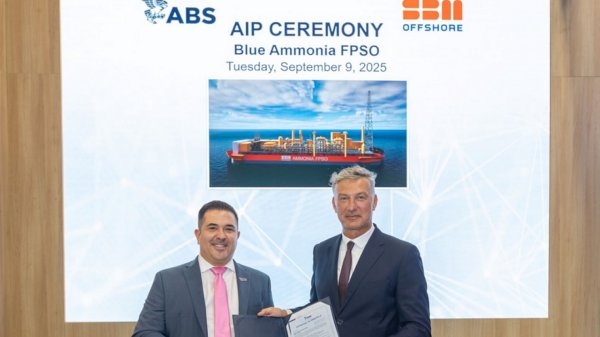
|
SBM Offshore's floating ammonia production design gets ABS approval
Design converts offshore gas to ammonia while capturing CO2 for maritime and power sectors. |
|
|
|
||
| Hapag-Lloyd to implement ECA fuel surcharge [News & Insights] |
| Hapag-Lloyd introduces fuel surcharge [News & Insights] |
| Awards for clean fuels program participants [News & Insights] |
| Hapag Lloyd ship joins clean fuels program [News & Insights] |